TECH
Let's talk tech! We aim to provide you with comprehensive information regarding our products and used technologies. All the information on various platforms can be daunting. We aim to explain the tech and tech related questions in an understandable way.
For more information please check the page below ↓
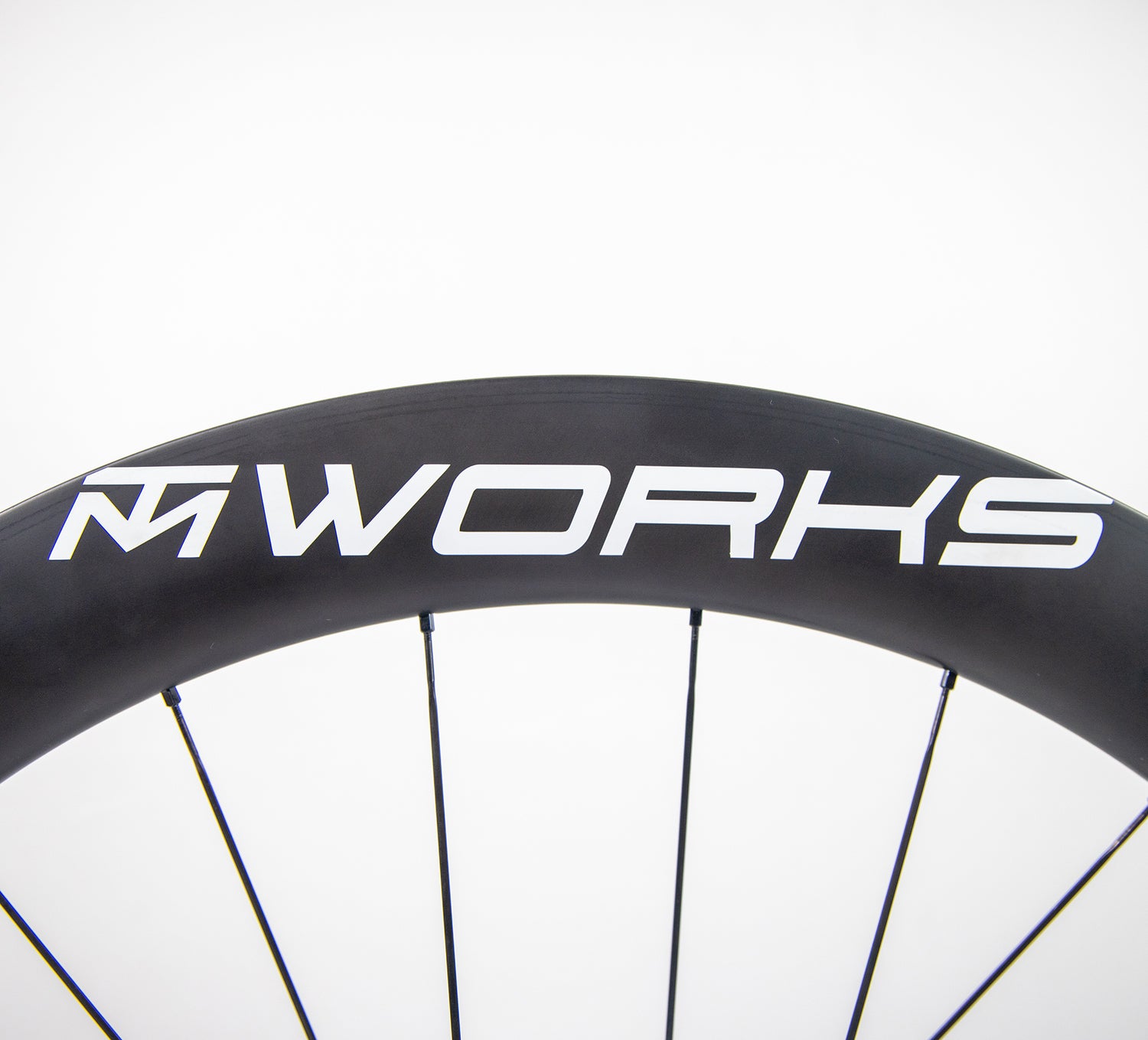
Rim depth
One of the most asked question regarding this topic is: what rim depth should I get? The answer to this questions depends on multiple factors. In general, a deeper wheel will be more aerodynamic but also less stable in heavy crosswind scenarios. Another trade-off for a deeper section rim is the added weight. Because of this, the most common allround rim depth is within the 40-60mm range. When talking about rim depth the three big S's are often used. The three S's stand for: stability, speed and stiffness. A deeper rim will be faster and stiffer than a shallower rim, but will sacrifice stability in heavy crosswinds. Rider weight and type of riding are two other factors that have to be considered. A heavier rider will find it easier to deal with heavy crosswinds on a similar rim depth than a lighter rider. Read more.
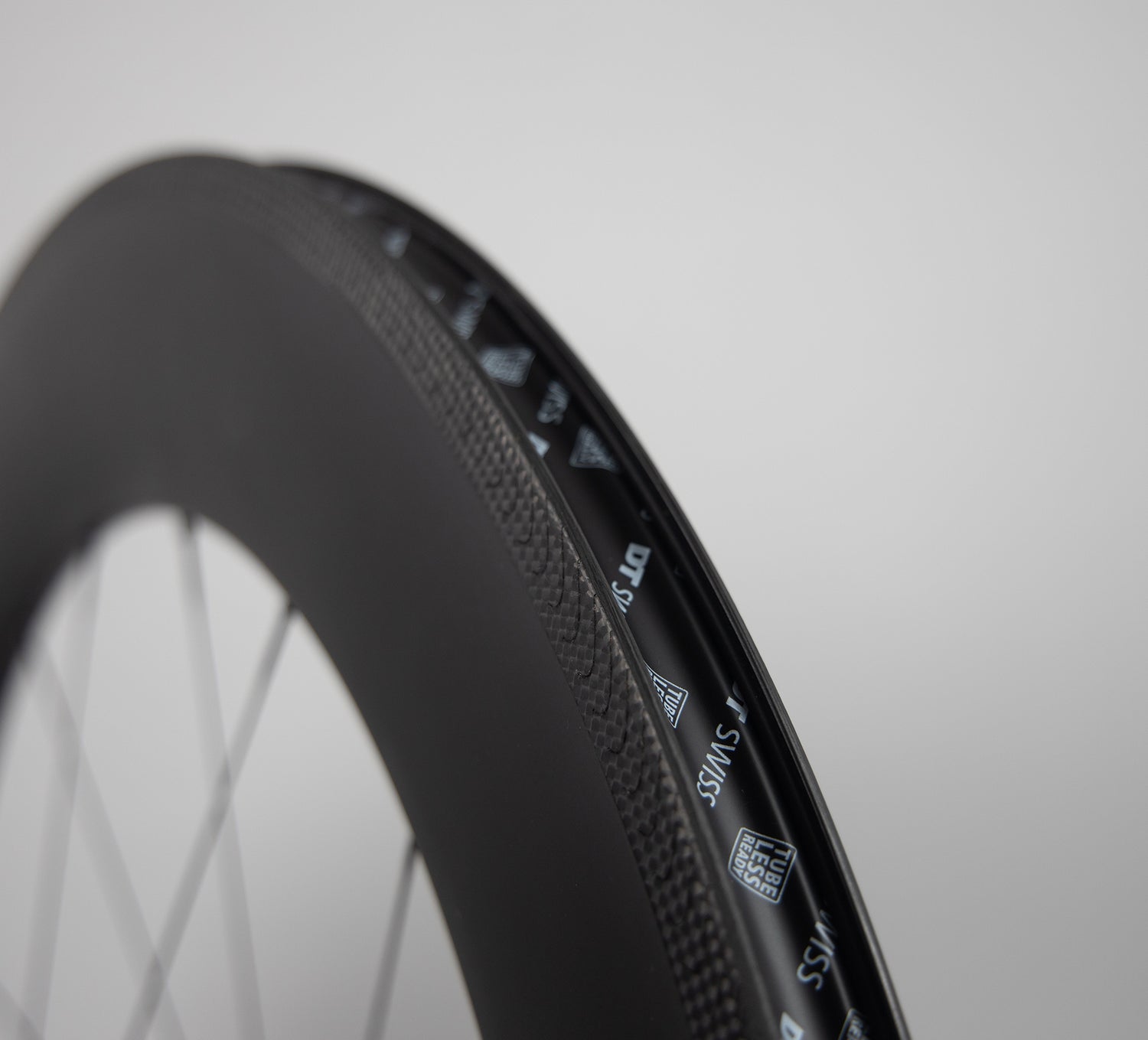
Rim width
Over the last few years, the popularity of wider rims has grown. While 15mm to 17mm internal rim width used to be the standard, the industry is starting to lean to rims that have 21mm to 23mm internal rim width. The wider rim provides higher volume in the tire, making the tire form into a more optimal shape, resulting in better handling and control. Although narrower rims have less frontal surface area, and thus less windresistance, that benefit seems to dissapear in real life situations once the angle of the wind isn't perfectly in line with the rim. However, some framesets are not suited for wide rims! Make sure to check this out before getting your new dream wheelset. Read more.
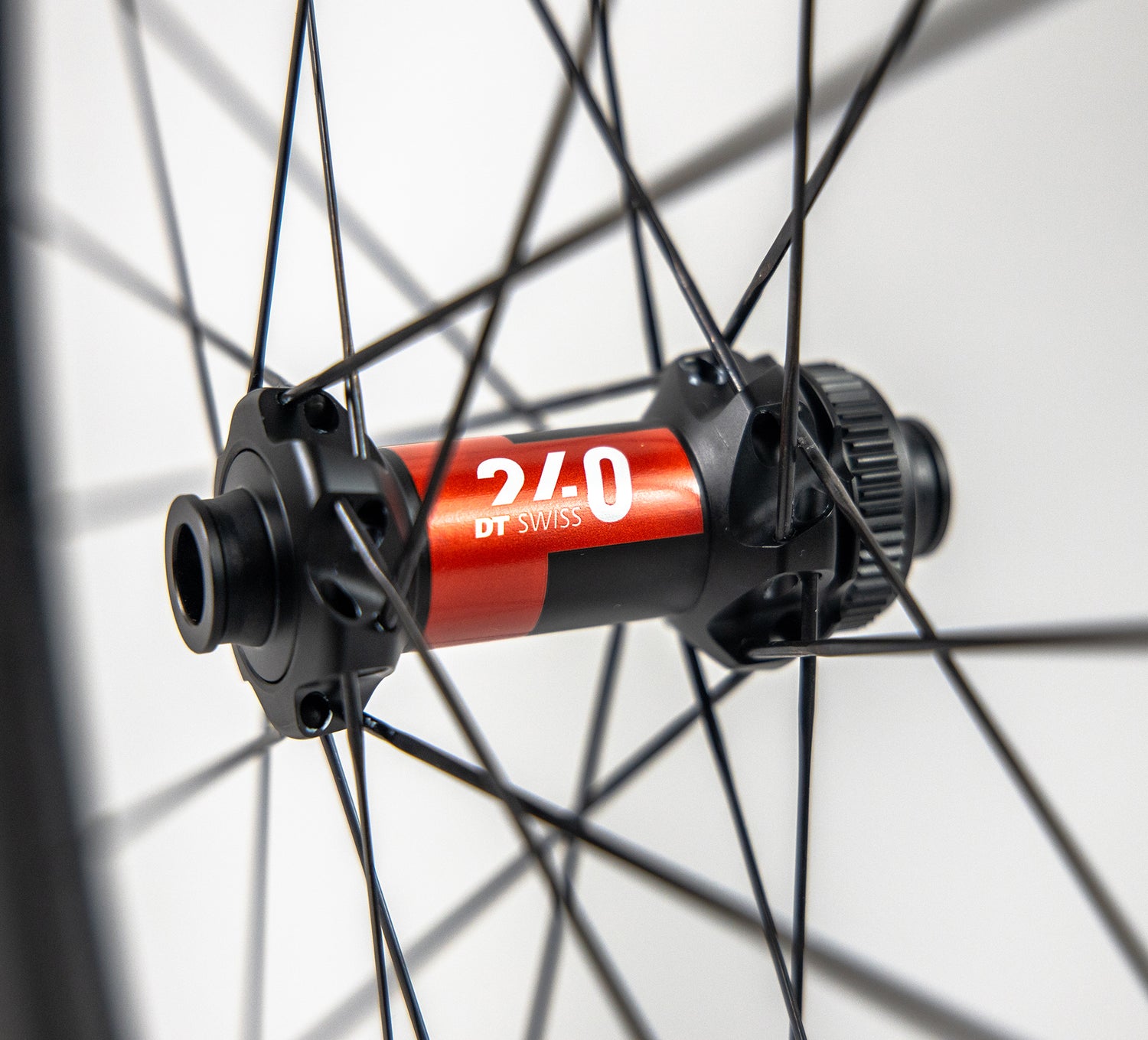
Hubs
There are plenty of hubs available on the market, but what is the difference, and is the money worth the upgrade? Differences between hubs come back in a few things: weight, durability, type of engagement mechanism and serviceability. At TMWORKS, we choose to build with DT Swiss only, except when you are looking for that special touch via our custom service. DT Swiss is well known for it's serviceability, low weight and durability due to good sealing of bearings and robust engagement system. The DT180, DT240 and DT350 hubs are the different models of DT Swiss. Differences between the hubs comes from weight, stainless steel bearings vs ceramic bearings, and the type of engagement system.
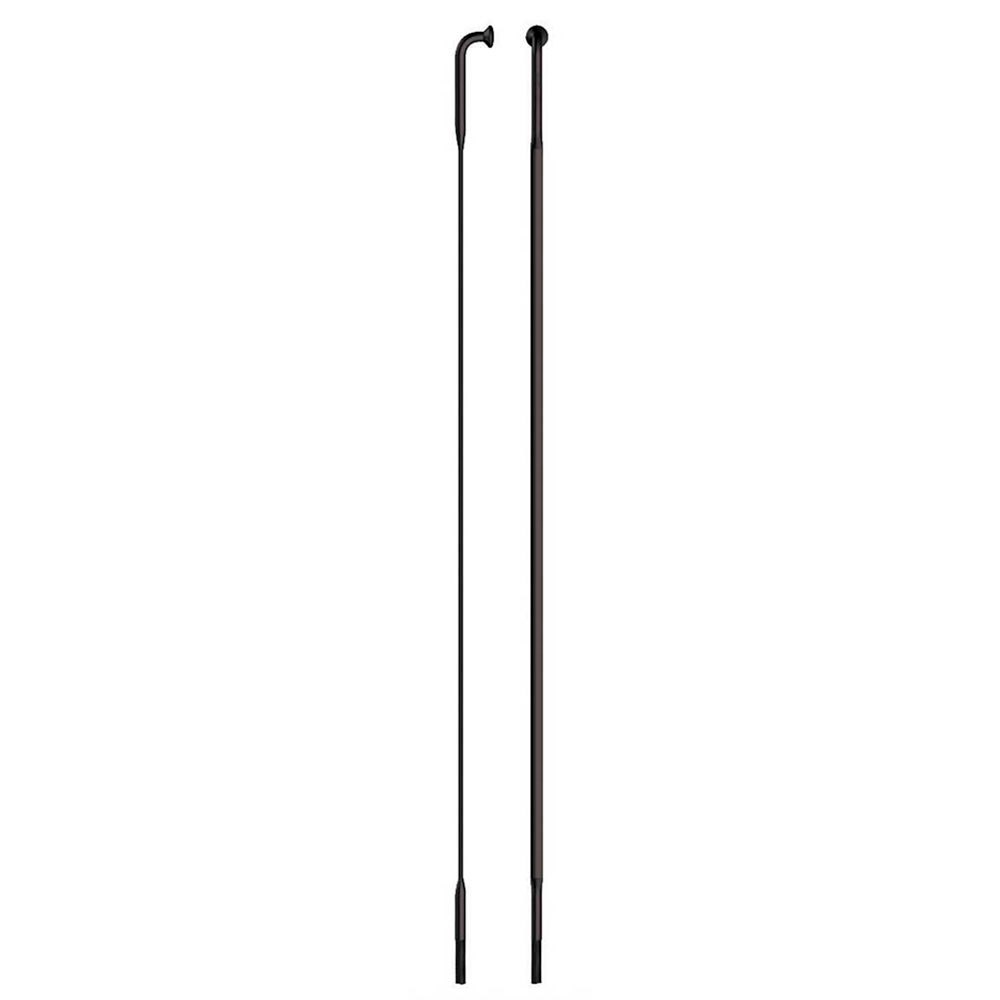
Spokes & spoke patterns
There's countless sorts of spokes available on the market. They are all different in shape, material and intended use. Think of flat aero spokes, stiff sprint spokes, lightweight climbing spokes and everything inbetween. At TMWORKS, we make use of Sapim, a company that is well known for it's high standard spokes. In our wheelsets, we combine Sapim's CX-Ray aero spoke, and the CX-Sprint spoke. The CX-Ray is known for being the most low weight, stiff and fatigue resistant of the stainless steel spokes. The CX-Sprint however, is a bit heavier, but stiffer. We use this spoke at the driveside of the rear wheel, where the casette transfers all the force to the wheel. With this combination an optimum is found between weight and stiffness where needed. Read more.
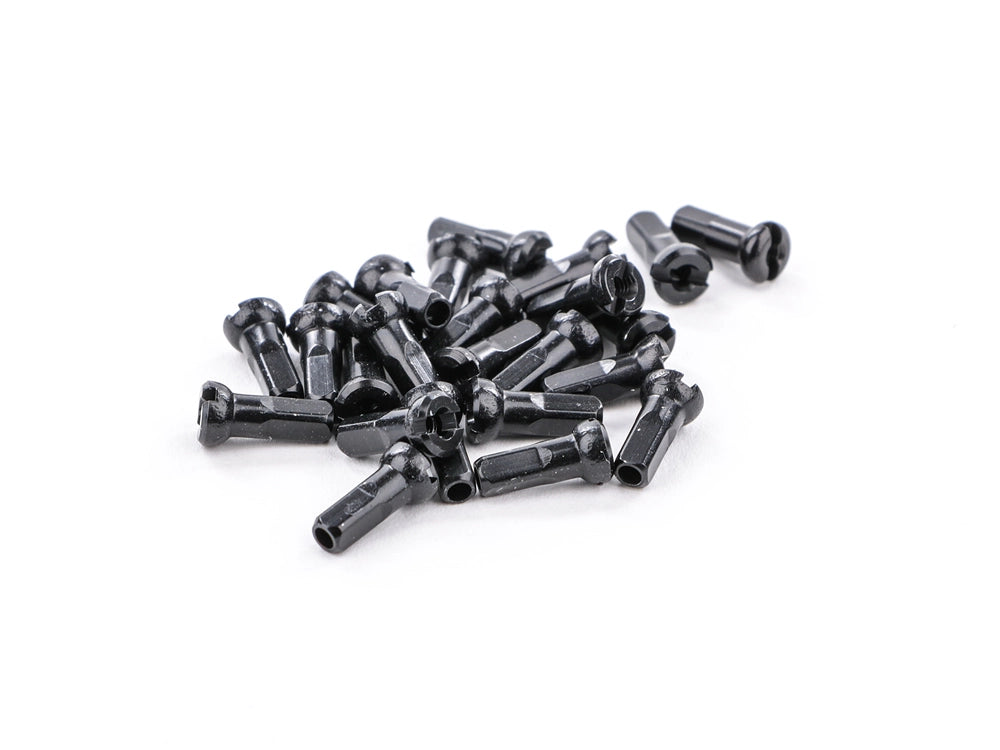
Nipples
Nipples differ in a few aspects: height, diameter and material. Not every nipple fits on every spoke. Mostly nipples are made out of brass or aluminium, where brass is cheaper, more durable, but also the heavier option. Within performance wheels, aluminium is often the choice. However, there is a big range in quality when it comes to aluminium nipples. This depends on the type of aluminium and possible coating. Quality aluminium nipples have coating in order to prevent galvanic corrosion, a phenomenon where brass nipples are less prone to. A second thing to boost durability of aluminium nipples is the difference in length. This way they have more contact surface with the spoke to be more fatigue resistant. At TMWORKS, we choose to build with aluminium Sapim nipples. A brand that wields above industry standards when it comes to material choice, material treatment and coating. Read more.
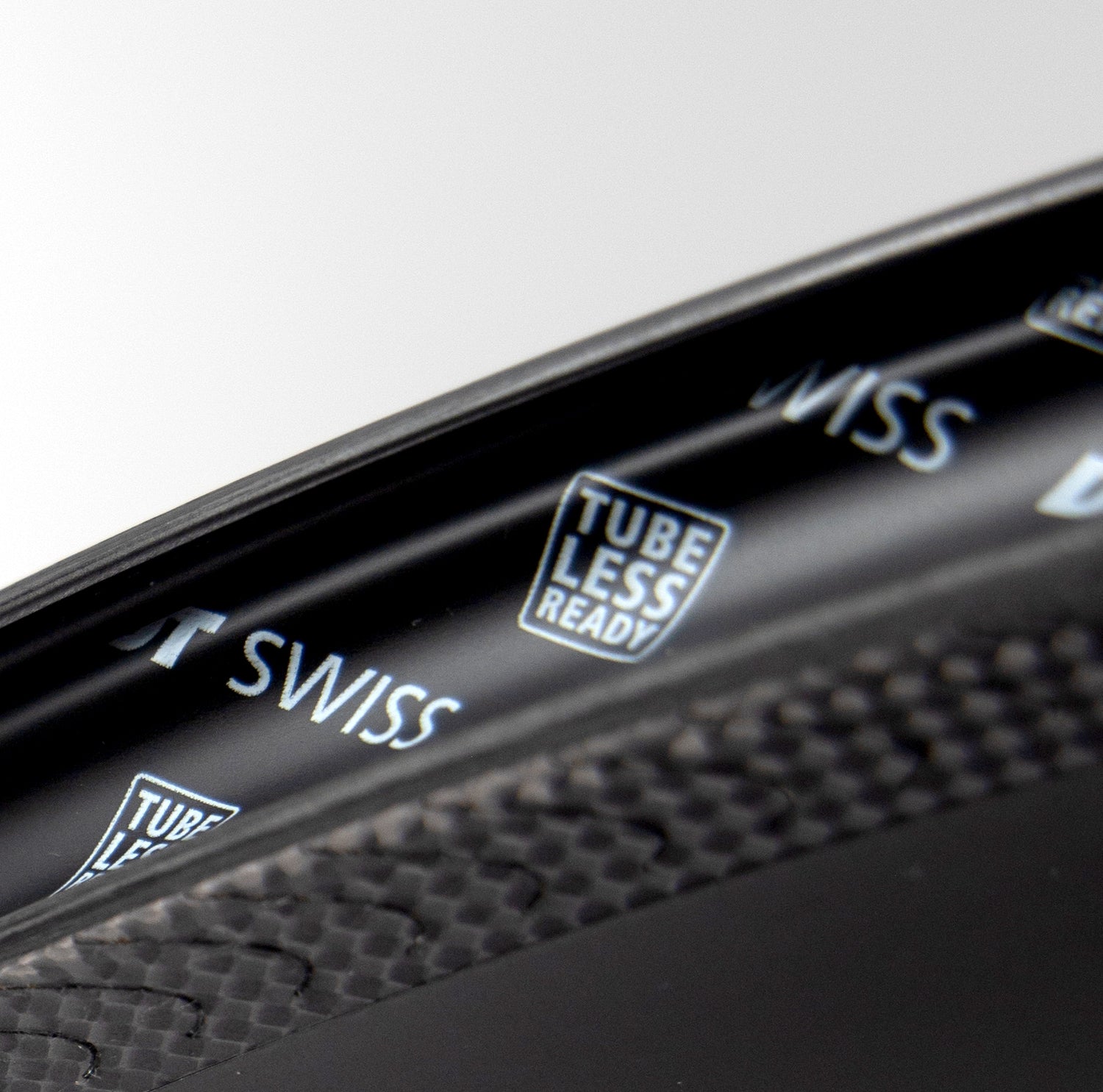
Tubeless
Tubeless. While it can be super beneficial for the right rider when applicated well, it is a topic of controversy among cyclists. Tubeless tires allow for the tire to be used without inner tube. This is done by sealing specific tubeless tires air tight to the rim. Tubeless tires tend to have a lower rolling resistance due to the resistance of the inner tube not being present when the tire deforms. Also, tubeless technology allows the rider to ride on lower tire pressure, presenting more grip and comfort. The controversy however, comes from punctures. With regular tires, the inner tube can be swapped out, where tubeless technology makes use of liquid latex sealant. This latex tries to escape when the tire is punctured, sealing the puncture. In an ideal scenario that is. Our experience found that tubeless technology works best at lower tire pressures. That's partly the reason why it is broadly used within mountainbiking. Heavier riders, riding narrow tires need a higher pressure within their tire, making it harder for the latex sealent to seal the puncture. Riding wider tires may form a solution to prevent the negative experience, since wider tires require a lower tire pressure, but rider weight is also of importance. Read more.

